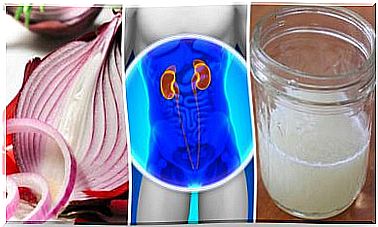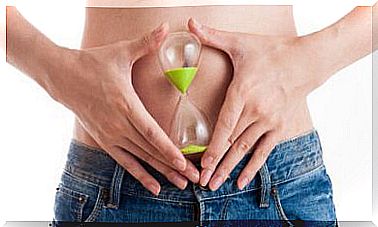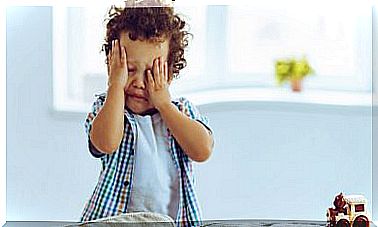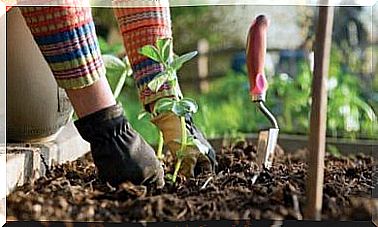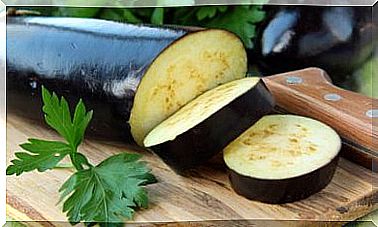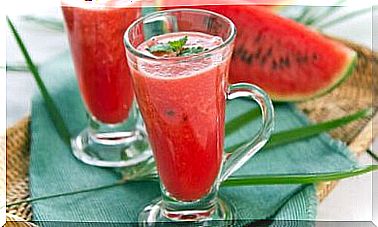Renal Colic: Causes And Symptoms
Renal colic originates as a consequence of sedimentation and crystallization of certain minerals in the kidney or ureters.

Renal colic is the obstruction of the urinary tract, usually as a result of a stone formed by the sedimentation of minerals in the kidney. It presents as a sharp pain of great intensity in the lower back that can also radiate to the sides.
Thus, it is estimated that between 10% and 15% of the world’s population has suffered from this type of colic. Men are more likely to suffer from it, in a ratio of 3 to 1 compared to women. The pain caused by renal colic is one of the most intense that exists. Some even compare them to those of a childbirth.
Causes of renal colic
The stones that cause colic are formed by sedimentation of different substances. In addition, these substances get to crystallize forming stones. The most common causes of kidney colic are the following:
- Bad nutrition.
- Kidney trauma
- Environmental factors.
- Genetic predisposition.
- Metabolic or renal impairment.
- Some drugs (drugs to treat AIDS, vitamin D).
The appearance of this painful pathology is closely related to low water consumption. Therefore, it is recommended to drink approximately two liters of water a day. However, water requirements vary from person to person based on lifestyle and other factors such as age.
Symptoms
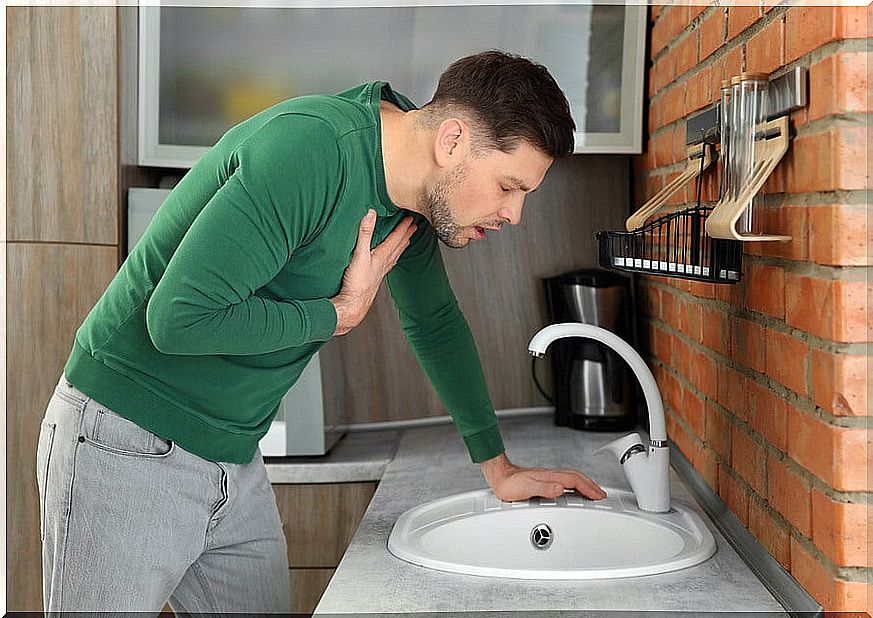
The most common symptoms of kidney colic are the following:
- Vomiting and dizziness
- Bad smell in urine.
- Cloudy color in urine.
- Appearance of blood in the urine.
- Inability to stay still
- Excessive sweating, fever, and chills.
- Very bad pain in the back or sides.
- Strong discomfort with burning sensation when urinating.
Diagnosis
It is necessary to make a medical diagnosis to find out if the symptoms are due to renal colic, appendicitis, low back pain, etc. To do this, the doctor will perform an ultrasound and a non-contrast CT scan.
However, when symptoms of renal colic appear, regardless of whether the disease has been confirmed, it is essential to treat the pain immediately.
Renal colic treatment
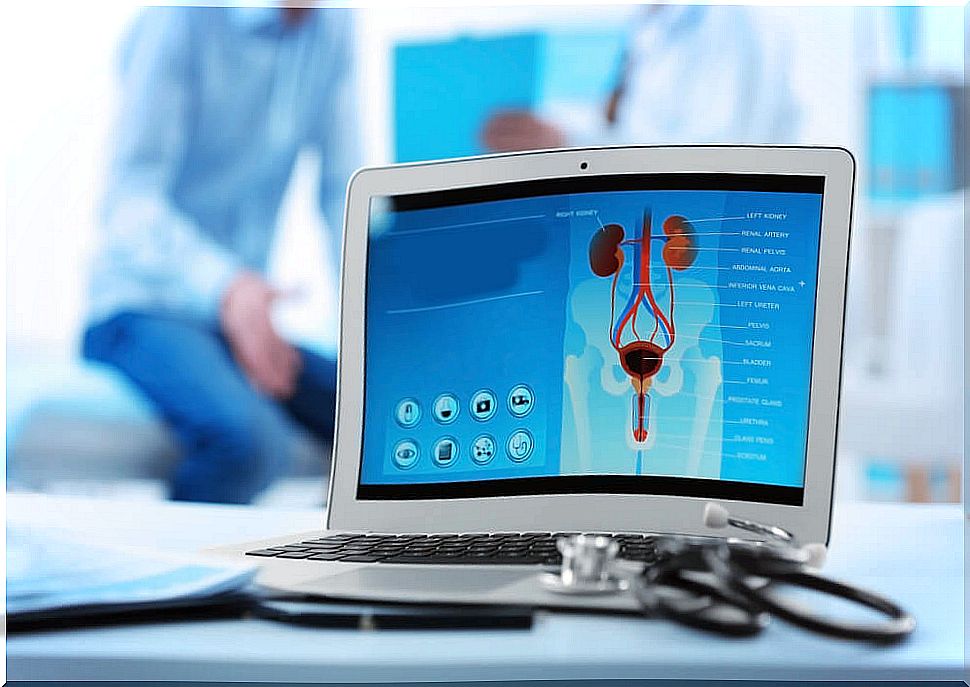
Due to the intensity of pain from renal colic, the patient must be seen urgently. Therefore, the first step in treating a patient with this disorder will be to relieve pain.
If the stone is less than five millimeters in size and has not given risks of medical complication, the technique called lithotripsy is usually applied. This method consists of the fragmentation of the stone through shock waves.
Other treatments to expel kidney stones are:
- Non-steroidal anti- inflammatory drugs: They are the first option in the treatment to relieve pain. They are administered intravenously.
- Anticholinergic analgesics: although they do not have the same efficacy as non-steroidal anti-inflammatory drugs, they serve to complement the treatment.
- Dipyronic analgesics: they also complement the analgesic effect for this treatment.
- Minor opioids : although they can increase nausea and vomiting, they are used as an alternative to the aforementioned.
Natural medicine
Although it is essential to follow the doctor’s treatment, it is important to know some natural remedies to use as supplements if the professional authorizes it.
- Hot water: provides immediate relief.
- Clay plasters: clay has an anti-inflammatory effect and also provides minerals to the body through the skin. It is excellent for pain.
- Magnesium supplement: acts on the nervous system to reduce pain.
- Medicinal plants: nettle, goldenrod, stone breaker, rose hip, arenaria, blonde root, etc. Some of them are very useful to increase urine production, helping to dissolve the stone, while others are aimed at alleviating pain. Although scientific evidence is limited, these remedies are widely used.
Activation of sweating

A natural and simple remedy is the total body wraps. We will use fabrics, towels or blankets to cover the patient and avoid any area being in contact with the air.
The goal is to activate sweating, which is a way to eliminate fluids and toxins without involving the kidney, thereby reducing inflammation and relieving pain to some extent.
Kidney stones can appear to anyone throughout life, although it is more common in adult men. Thus, for a correct treatment of them, a visit to the doctor is essential. In addition, they can be accompanied by these home remedies if the doctor considers it appropriate.

